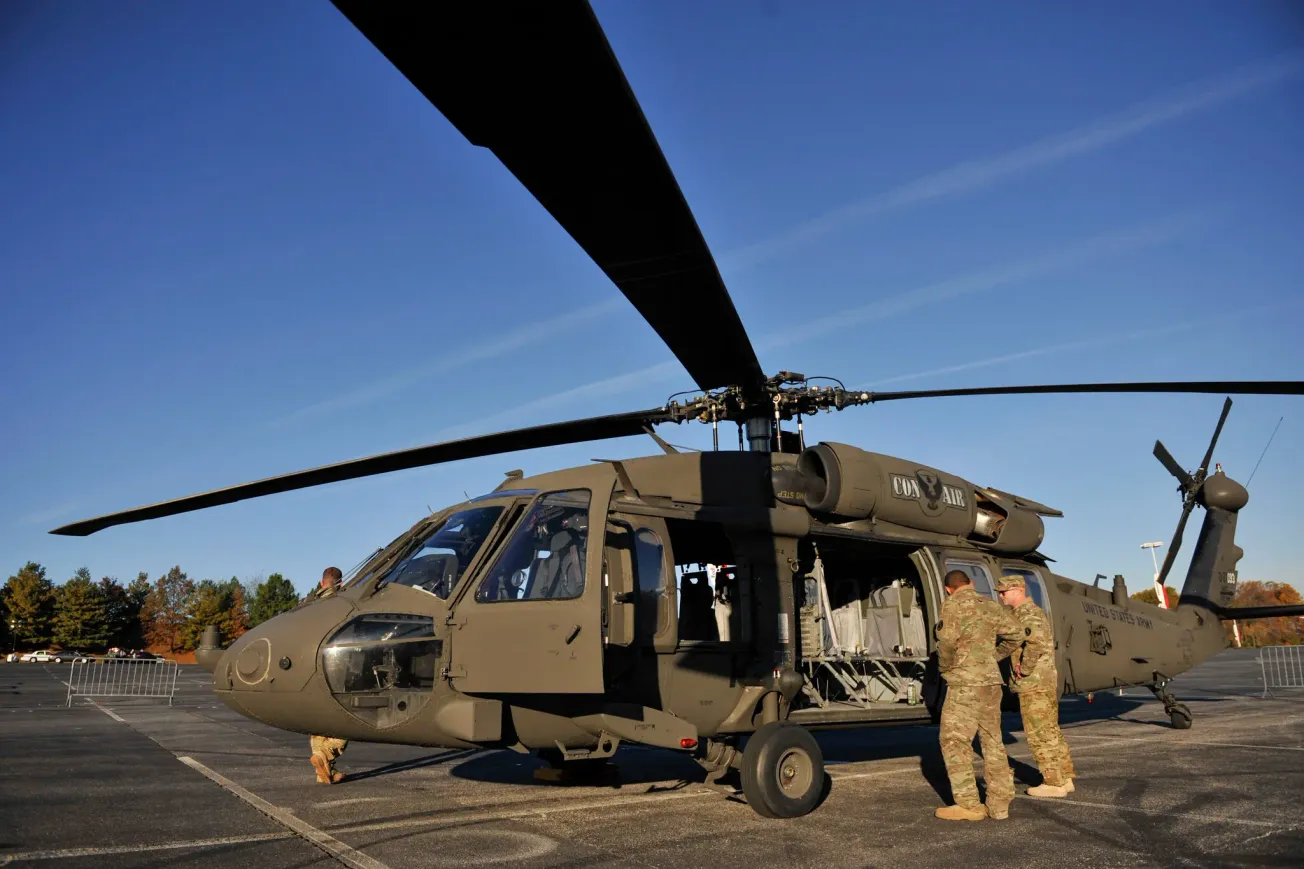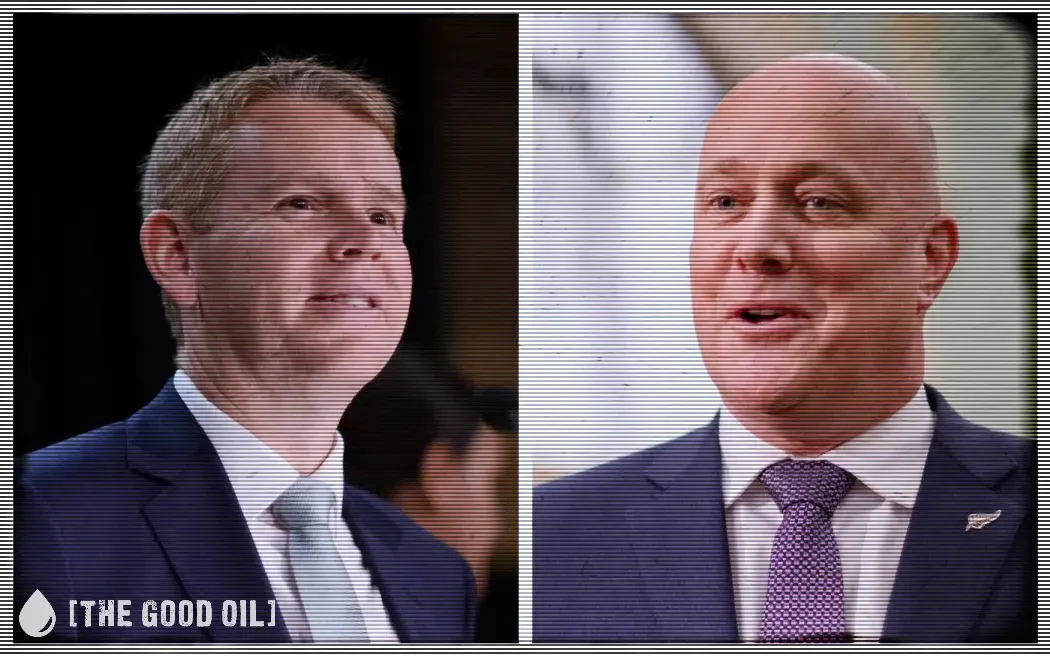Within hours, US media began the endless exercise of talking to every expert they could find for an opinion about what may have caused it. Amidst the extensive, often clumsy explanations, the many ‘experts’, including President Donald Trump himself, provided various theories.
After four years of a White House village idiot, barely competent to string two words together and who rarely spoke ‘spur of the moment’ to the media, it’s been a relief to see Trump open and available on all matters. However, this incident is an illustration of a situation where one might do well not let their mouth get ahead of the facts.
He began by announcing that the helicopter should have been flying at above 500 feet. Whether he was inadequately briefed at that point or had gone off script we’ll never know, but actually, the helicopter was flying in a designated helicopter sky path over the Potomac River where helicopter traffic is restricted to below 200 feet.
While one might well question the logic or common sense of having a helicopter flight path running across the flight path off the threshold of two runways where jets are taking off or landing every minute or so, the fact is it’s been there for a long time and until now there hasn’t been a problem. Risky? Probably. But isn’t everything in life a bit of a balancing act?
All aircraft approaching every airport are required to be at a specified altitude as they approach, enter and fly through controlled airspace and are managed by air traffic control. Mid-air collisions always occur because one of the aircraft is where it shouldn’t be. Pretty obvious really. The question is: Why?
The amount of information available within hours of the crash, including video of the actual contact, and the stated information that the collision occurred at between 350 and 400 feet, points to the helicopter being where it shouldn’t have been.
The question of why will become evident in the future, though it’s possible we’ll never know the real answer. We’ll have to wait and see.
The commuter jet was making a standard landing approach. It will have been following electronic navigational beacons that not only show the flight path but the required altitude throughout the approach.
The aircraft would have been in a nose high attitude with full flaps and undercarriage down. The pilots will have had very limited view of anything underneath the aircraft and their full focus will have been on final landing checks with the expectation that air traffic control would ensure safe separation from other aircraft.
The video clearly shows the jet with bright landing lights on, flying a normal approach for the runway. We then see a very small light appearing to move rapidly moving towards the aircraft from its starboard side (left to right in the video). It’s difficult to get accurate visual perspective of moving objects in the air, especially on video, as things often look headed for a collision but are in fact miles apart from each other.
Helicopters have high visibility from the cockpit. It seems incomprehensible that a helicopter crew literally flew into the side of the jet without seeing it.
These days, air traffic control have radar that gives exact positions, aircraft ID and altitudes. The controller asked the helicopter crew if they had the other aircraft in sight. They responded that they did and requested clearance for “visual separation”, meaning they would take responsibility for maintaining sufficient separation from the jet. The communication sounded woefully inadequate and very rushed. Neither the pilots nor the controller mentioned the helicopter’s position or altitude, nor that of the jet. It seems the helicopter crew were looking at a different aircraft altogether. Sixty-seven lives lost.
In the ensuing days we find out that that US air traffic control is seriously short staffed at present, which might explain why the communication seemed rushed. But once it became clear that diversity, equity and inclusion turns out to be why they’ve struggled to find suitable candidates to be traffic controllers, one can but shake one’s head in amazement.
There’s just no possible justifiable reason for anybody anywhere at any time to want to follow the DEI philosophy. Nobody should consider for one moment what colour, gender or balance is up on the flight deck, in the control tower or in the operating theatre. The only consideration is: Are they qualified to do the job?
Wake up world and follow Donald Trump’s wise decision. Get rid of DEI nonsense and get back on the road to meritocracy.
Does anybody ever wonder how anybody could ever have thought DEI was a good idea?








